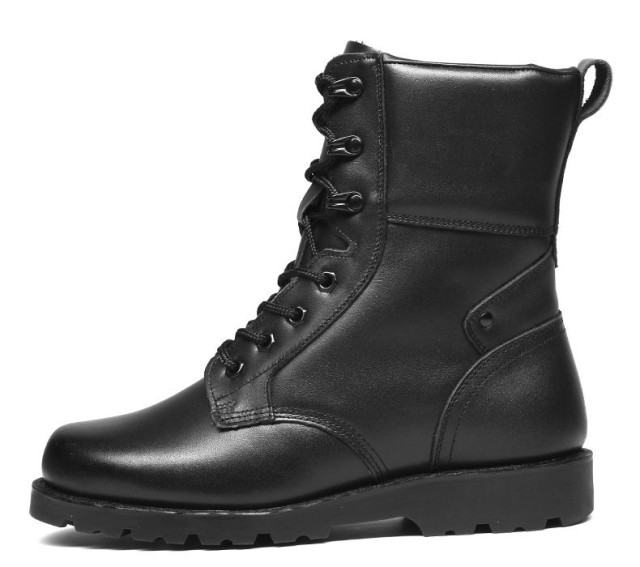Goodyear welted shoes represent a significant investment in craftsmanship and durability. When cared for properly, they can last decades—outlasting cheaper footwear by years. But achieving this longevity requires understanding the science behind leather degradation and mechanical wear. Below, we'll explore proven techniques to preserve your Goodyear welted shoes, drawing on material science and expert maintenance practices.
The Anatomy of Durability: Why Goodyear Welted Shoes Deserve Special Care
Goodyear welting isn’t just a construction method; it’s a system designed for repairability. The stitched welt allows soles to be replaced multiple times, but the upper leather remains vulnerable to moisture, deformation, and cumulative stress. Here’s how to address these threats systematically.
How Shoe Trees Work Beyond Basic Shape Retention
Shoe trees are often misunderstood as mere shape-keepers. Their primary role is moisture regulation:
- Cedar shoe trees absorb perspiration and inhibit bacterial growth (a leading cause of leather breakdown).
- Spring-loaded designs apply gentle tension to counteract leather’s natural tendency to curl and wrinkle after wear.
Research shows that shoes stored with trees retain their structural integrity up to twice as long as those left unstructured.
The Hidden Science of Rotation: Balancing Moisture and Mechanical Stress
Rotating shoes isn’t just about aesthetics—it’s a moisture-management strategy. Leather needs roughly 24 hours to fully dry after wear. Continuous use without rotation traps humidity, accelerating fiber breakdown.
- Ideal rotation frequency: Alternate between at least two pairs, allowing each to rest in a cool, dry space.
- Climate considerations: In humid environments, extend rest periods to 36–48 hours.
Building a Comprehensive Care Routine
Material Matters: Choosing the Right Shoe Tree
Not all shoe trees are equal. Match the tree to your shoe’s needs:
| Type | Best For | Key Benefit |
|---|---|---|
| Solid Cedar | Dress shoes, high-humidity climates | Natural deodorizing, moisture absorption |
| Spring-Loaded | Boots, heavy footwear | Prevents toe spring collapse |
Complementary Techniques: Polishing, Sole Conditioning, and Climate Control
- Polishing: Wax-based polishes create a hydrophobic barrier, reducing water spotting. Apply in thin layers to avoid clogging pores.
- Sole care: Lightly condition rubber soles with silicone-based products to prevent cracking.
- Storage: Avoid attics or basements—consistent 15–25°C (59–77°F) temperatures prevent leather brittleness.
Avoiding Common Mistakes: Overstuffing and Improper Drying
- Overstuffing trees: Excessive tension stretches leather irreversibly. Use trees that fit snugly without force.
- Heat drying: Never use heaters or direct sunlight. Pat interiors with a microfiber cloth and air-dry at room temperature.
Final Thought: A System, Not a Single Step
Preserving Goodyear welted shoes hinges on consistent, science-backed habits. From moisture-wicking cedar trees to climate-aware rotation, each step compounds to protect your investment.
Ready to elevate your footwear longevity? Partner with 3515—where decades of shoemaking expertise meet bulk production excellence for distributors and brands. Let’s craft shoes built to last.
Related Products
- Durable Moc Toe Wedge Sole Work Boots for Wholesale and Private Label
- Durable Moc-Toe Wedge Work Boots | Wholesale Manufacturing for Brands
- Puncture-Resistant Velcro Safety Boots for Wholesale & Custom Manufacturing
- Factory-Direct Wholesale Canvas Boots with High-Traction Rubber Soles
- Durable Rubber-Soled Utility Shoes for Wholesale & Custom Brand Manufacturing
Related Articles
- How Material Science and Construction Define Abrasion Resistance in Work Boots
- How Composite Toe Boots Enhance Safety and Speed for Emergency Responders
- Moc Toe Safety Boots: When Style Meets Workplace Protection
- Composite Toe Boots: The Modern Safety Solution for Demanding Work Environments
- Composite Toe Boots Decoded: Lightweight Protection Without Compromising Safety



















